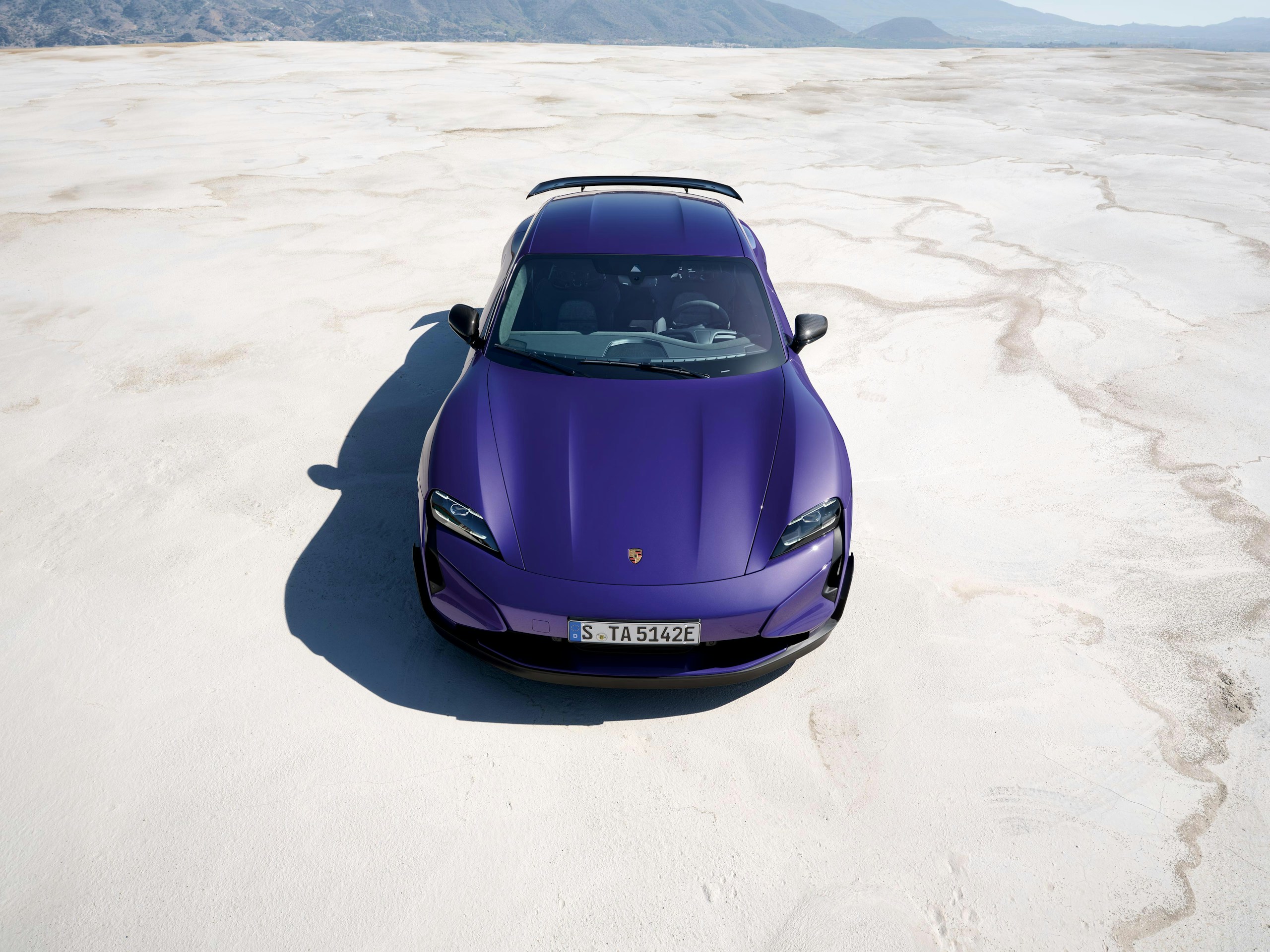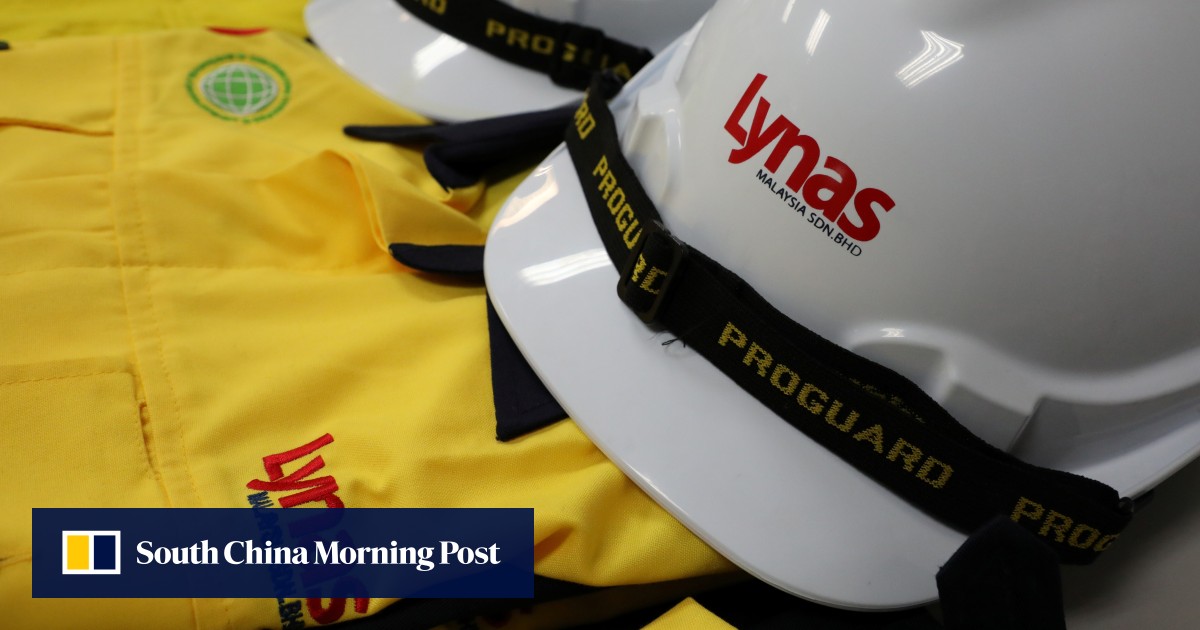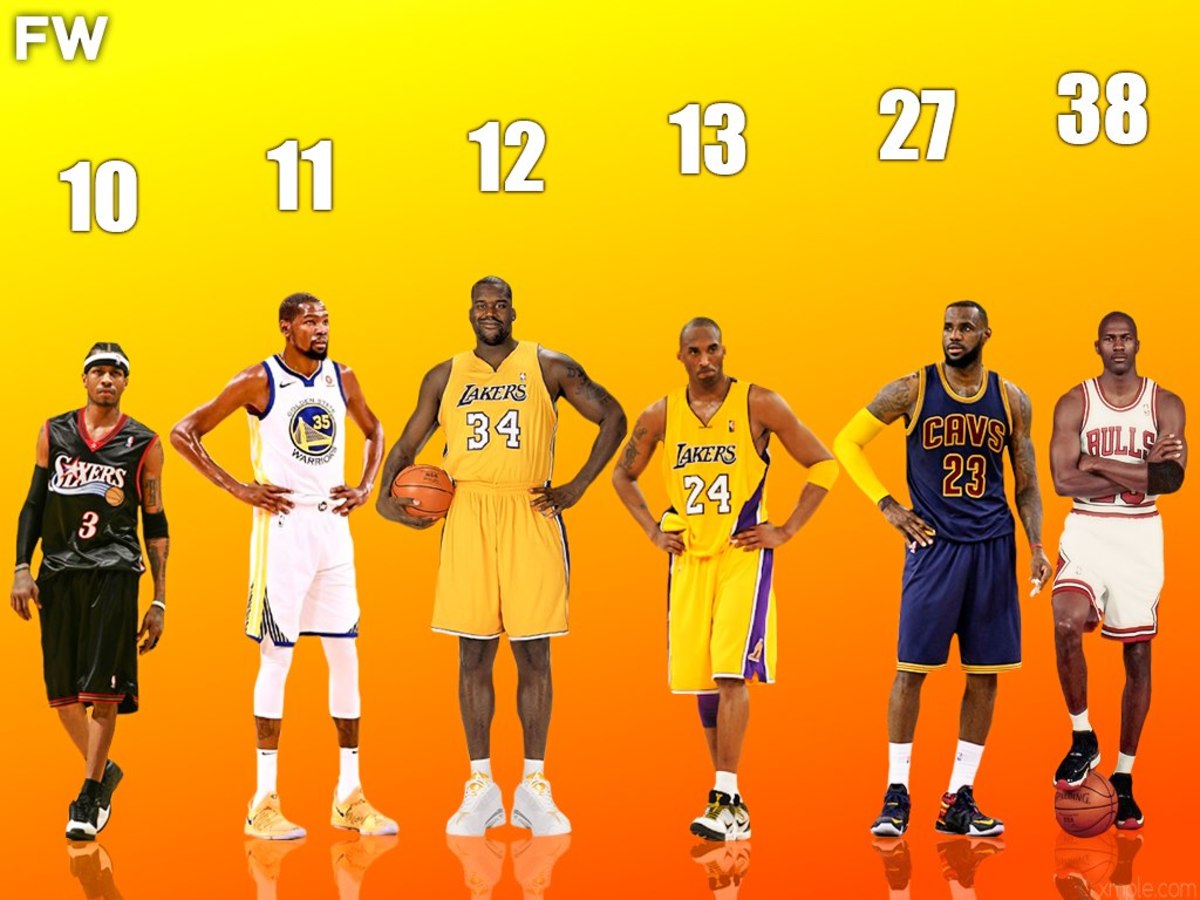Why Is The Porsche More Popular Overseas Than In Australia?

Table of Contents
Pricing and Taxation
One significant factor contributing to lower Porsche sales in Australia is the substantially higher price tag compared to other countries. This price disparity is primarily driven by import costs and taxation.
Higher Import Costs
Importing a luxury vehicle like a Porsche to Australia involves considerable expenses. These include:
- Import duties: Tariffs levied on imported goods, significantly increasing the landed cost.
- Goods and Services Tax (GST): A 10% tax applied to the total cost of the vehicle, including import duties.
- Luxury car tax (LCT): A significant tax on vehicles exceeding a certain price threshold, adding substantially to the final cost. This tax is particularly impactful on high-end models like Porsches.
For example, a Porsche 911 Carrera that might retail for around US$100,000 in the United States could easily cost $150,000 or more in Australia, after accounting for all import-related costs and taxes. This substantial price difference significantly impacts affordability and demand.
Currency Fluctuations
The Australian dollar's value relative to other major currencies, such as the US dollar or the Euro, also plays a role. A weaker Australian dollar makes imported goods, including Porsches, even more expensive, further suppressing demand.
- Fluctuations in exchange rates can impact the final price dramatically, making purchasing a Porsche a less attainable luxury for many Australian consumers.
Australian Consumer Preferences and Market Dynamics
Australia's unique automotive market dynamics further contribute to the lower popularity of Porsches.
Preference for Utility Vehicles
Australia has a strong preference for SUVs and utes (utility vehicles), often due to the country's vast landscapes and diverse driving conditions. This preference for practicality and functionality often outweighs the appeal of sports cars for many consumers.
- SUV sales consistently dominate the Australian car market, outpacing sports car sales by a significant margin.
- The Australian lifestyle, with its emphasis on outdoor activities and towing capabilities, favors vehicles that offer practicality over pure performance.
Higher Running Costs
Owning and maintaining a Porsche in Australia involves higher running costs compared to some other countries.
- Fuel prices are generally higher in Australia.
- Insurance premiums for high-performance vehicles like Porsches are also significantly higher.
- Maintenance and repair costs can be substantial, due to the specialized parts and expertise required. These higher running costs can make Porsche ownership a less attractive proposition for many potential buyers.
Alternative Luxury Car Brands and Competition
The Australian luxury car market is highly competitive, with several established brands vying for market share.
Strong Presence of Competing Brands
Australia has a strong presence of other luxury car brands, such as BMW, Mercedes-Benz, Audi, and Jaguar. These brands offer competitive alternatives in similar price ranges, potentially diluting Porsche's market share.
- These established brands enjoy strong brand recognition and customer loyalty in Australia.
- They often offer more diverse model ranges, including SUVs and other vehicle types catering to a wider range of consumer preferences.
Marketing and Brand Positioning
Porsche's marketing and brand positioning in Australia might not resonate as strongly as in other markets.
- A review of Porsche's advertising and promotional campaigns in Australia compared to other regions could reveal potential areas for improvement in terms of brand messaging and targeting the specific preferences of the Australian consumer.
Economic Factors and Purchasing Power
Australia's economic climate and consumer purchasing power play a significant role in luxury car sales.
Disposable Income and Economic Conditions
The level of disposable income and overall economic conditions significantly influence the demand for luxury goods, including high-end vehicles like Porsches. While Australia enjoys a relatively high standard of living, compared to many other countries, economic fluctuations and changing consumer confidence can impact spending on luxury items.
- Comparing average income levels and purchasing power in Australia to other major markets provides valuable context in understanding the relative affordability of luxury vehicles like Porsches.
Conclusion
In summary, the perceived lower popularity of Porsches in Australia compared to overseas markets is a complex issue with multiple contributing factors. Higher prices due to import costs and taxation, strong consumer preference for utility vehicles, intense competition from other luxury brands, and economic factors all play significant roles. Why is the Porsche less popular in Australia compared to overseas markets? The answer lies in a confluence of these elements. Let's discuss Porsche's popularity in Australia further in the comments below! Share your thoughts on what could increase Porsche's popularity in Australia.

Featured Posts
-
 The Pw C Exit A Comprehensive Look At The Nine Affected African Countries
Apr 29, 2025
The Pw C Exit A Comprehensive Look At The Nine Affected African Countries
Apr 29, 2025 -
 Court Awards Custody Of Child To Ayesha Howard In Case Against Anthony Edwards
Apr 29, 2025
Court Awards Custody Of Child To Ayesha Howard In Case Against Anthony Edwards
Apr 29, 2025 -
 Lynas Texas Refinery Us Aid Request As Costs Escalate
Apr 29, 2025
Lynas Texas Refinery Us Aid Request As Costs Escalate
Apr 29, 2025 -
 Naturally Managing Adhd Holistic Approaches For Adults And Children
Apr 29, 2025
Naturally Managing Adhd Holistic Approaches For Adults And Children
Apr 29, 2025 -
 Exclusive University Group Challenges Trump Administration Policies
Apr 29, 2025
Exclusive University Group Challenges Trump Administration Policies
Apr 29, 2025
Latest Posts
-
 Boston Celtics Two Players Historic 40 Point Nights
May 12, 2025
Boston Celtics Two Players Historic 40 Point Nights
May 12, 2025 -
 Unlikely 40 Point Games Two Celtics Players Achieve The Unthinkable
May 12, 2025
Unlikely 40 Point Games Two Celtics Players Achieve The Unthinkable
May 12, 2025 -
 Celtics Duos 40 Point Performances An Unlikely Feat
May 12, 2025
Celtics Duos 40 Point Performances An Unlikely Feat
May 12, 2025 -
 How A Childhood Tie Shaped Payton Pritchards Journey To Career Success
May 12, 2025
How A Childhood Tie Shaped Payton Pritchards Journey To Career Success
May 12, 2025 -
 The Special Significance Of Payton Pritchards Childhood Tie In His Career Achievement
May 12, 2025
The Special Significance Of Payton Pritchards Childhood Tie In His Career Achievement
May 12, 2025
